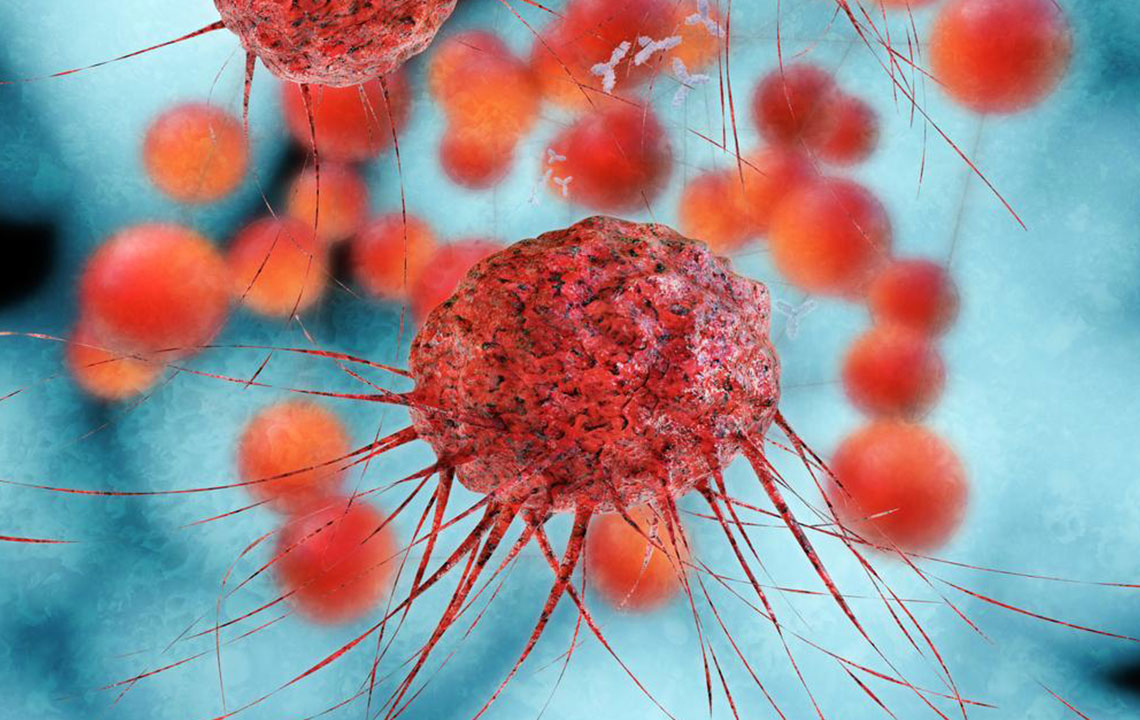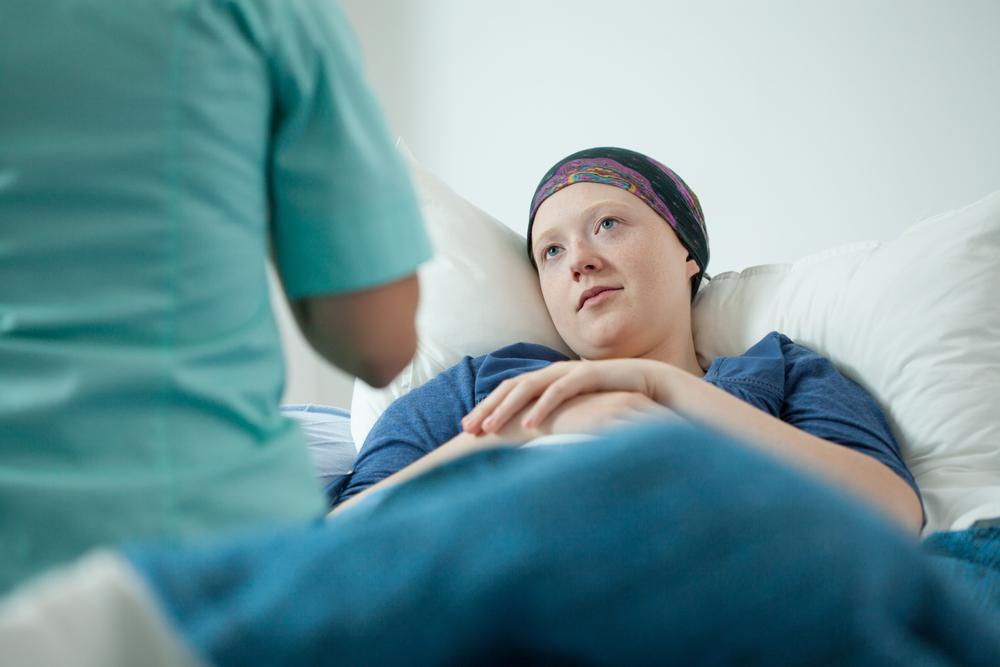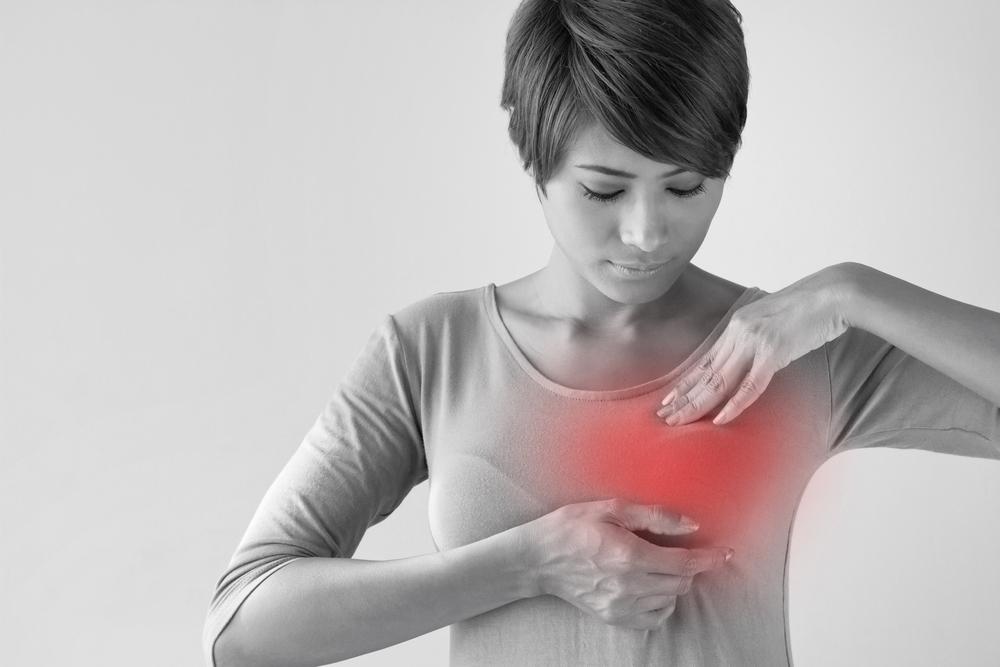Comprehensive Guide to Recognizing Key Symptoms and Indicators of Advanced Breast Cancer
This comprehensive guide delves into the key signs and symptoms of advanced breast cancer, highlighting the importance of early recognition for improved treatment outcomes. From visible lumps and skin changes to systemic symptoms like fatigue and weight loss, understanding these indicators can lead to timely medical intervention. The article also discusses signs of metastasis affecting organs such as the brain, liver, and bones, emphasizing the importance of prompt healthcare consultation. Staying informed about these critical signs empowers patients and caregivers to take proactive steps in managing this complex disease.

Understanding the Critical Signs and Indicators of Advanced Breast Cancer
Breast cancer remains one of the most common cancers affecting women worldwide. While early detection significantly improves treatment options and prognosis, many individuals may overlook the subtle signs that indicate disease progression to advanced stages. Stage 4, also known as metastatic breast cancer, occurs when cancerous cells have spread beyond the breast and nearby lymph nodes to other parts of the body, such as bones, liver, lungs, or brain. Recognizing the signs and symptoms associated with this stage is essential for timely diagnosis and effective management.
What is Advanced (Stage 4) Breast Cancer?
Stage 4 breast cancer is the most advanced form of the disease. It signifies that the cancer has metastasized, or spread, to other organs and tissues distant from the original tumor site. Unfortunately, this stage often results from delays in detection or treatment, or from the cancer's aggressive nature. The spread occurs through the bloodstream or lymphatic system, allowing malignant cells to invade healthy tissues and form new tumors in other parts of the body. While it is considered incurable, advances in targeted therapies and palliative care can significantly improve quality of life and survival rates.
Recognizing the Common Signs and Symptoms of Late-Stage Breast Cancer
Identifying the early warning signs of metastatic breast cancer can be challenging, as symptoms may overlap with benign conditions. However, being aware of these indicators empowers patients and healthcare providers to pursue prompt diagnostic evaluations.
1. Visible Lump or Swelling
One of the hallmark signs of advanced breast cancer is the appearance of a palpable lump in the breast or underarm (axillary region). These lumps may vary in size and consistency. As the tumor grows, it can cause noticeable swelling, firmness, or distortion of the breast contour. Sometimes, multiple lumps may be felt, indicating widespread disease. Swelling in the nearby tissues or lymph nodes is also common and can be accompanied by tenderness or discomfort.
2. Changes in Skin Texture and Appearance
Alterations in the skin covering the breast are often a sign of progressing disease. Patients may notice redness, skin dryness, or an itchy sensation. Dimpling or peau d'orange (orange peel appearance) resembling skin pitting may appear due to the infiltration of cancer cells into the skin's connective tissues. These changes often signal the invasion of cancer into the skin or underlying tissues.
3. Persistent Pain and Ulceration
Back pain, breast tenderness, or persistent discomfort can be indicative of tumor growth or metastasis to bones or other tissues. In some cases, patients experience painful ulcers or sores on the skin surface near the breast, which may bleed or produce pus. These ulcers can become infected if left untreated, complicating the clinical picture.
4. Abnormal Nipple Discharge
Nipple discharge is a common symptom that warrants medical attention. In advanced breast cancer, the discharge may be clear, blood-tinged, or thicker, resembling pus. It can occur spontaneously or when the nipple is compressed. Changes in the nipple, such as inversion, scaling, or skin changes, should also be evaluated by a healthcare professional.
5. Fatigue and Malaise
Unexplained and persistent fatigue is often reported by individuals with advanced breast cancer. This fatigue may be severe enough to interfere with daily activities and normal routines. It results from the body's response to cancer, nutritional deficiencies, or side effects of treatments.
Additional Symptoms Associated with Disease Progression
Besides the primary signs, several systemic symptoms may develop as the cancer spreads to other organs:
Sleep disturbances, such as difficulty falling asleep or waking up frequently during the night, which can be linked to pain or emotional distress.
Unintentional weight loss, despite maintaining normal eating habits, indicating the body's metabolic changes caused by the cancer.
Digestive problems, including nausea, vomiting, or difficulty digesting foods, which may suggest liver involvement or bowel obstruction.
Respiratory issues like shortness of breath, chronic dry cough, chest tightness, or a feeling of heaviness in the chest, often associated with lung metastases.
Recognizing the Signs of Metastasis
Metastasis to specific organs produces distinctive symptoms. For example, brain metastases can lead to headaches, visual disturbances, or balance problems. Liver involvement may cause jaundice (yellowing of the skin and eyes), whereas bone metastases can result in pain, fractures, or hypercalcemia. Identifying these signs early is crucial for appropriate imaging and treatment planning.
Importance of Early Medical Consultation
If you notice any of these symptoms, seeking prompt medical evaluation is vital. Early diagnosis improves the chances of effective management, symptom control, and prolonging survival. Do not ignore minor changes; even subtle symptoms can be harbingers of disease progression. Regular screenings and breast examinations remain essential components of early detection strategies.
Conclusion
Understanding the key indicators of advanced breast cancer can significantly impact patient outcomes. Awareness of typical symptoms such as lumps, skin changes, pain, and systemic symptoms enables earlier intervention and tailored treatment approaches. If you or a loved one experience any of these signs, consult a healthcare professional immediately. Advances in treatment options continue to offer hope, emphasizing the importance of vigilance, timely diagnosis, and comprehensive care.





